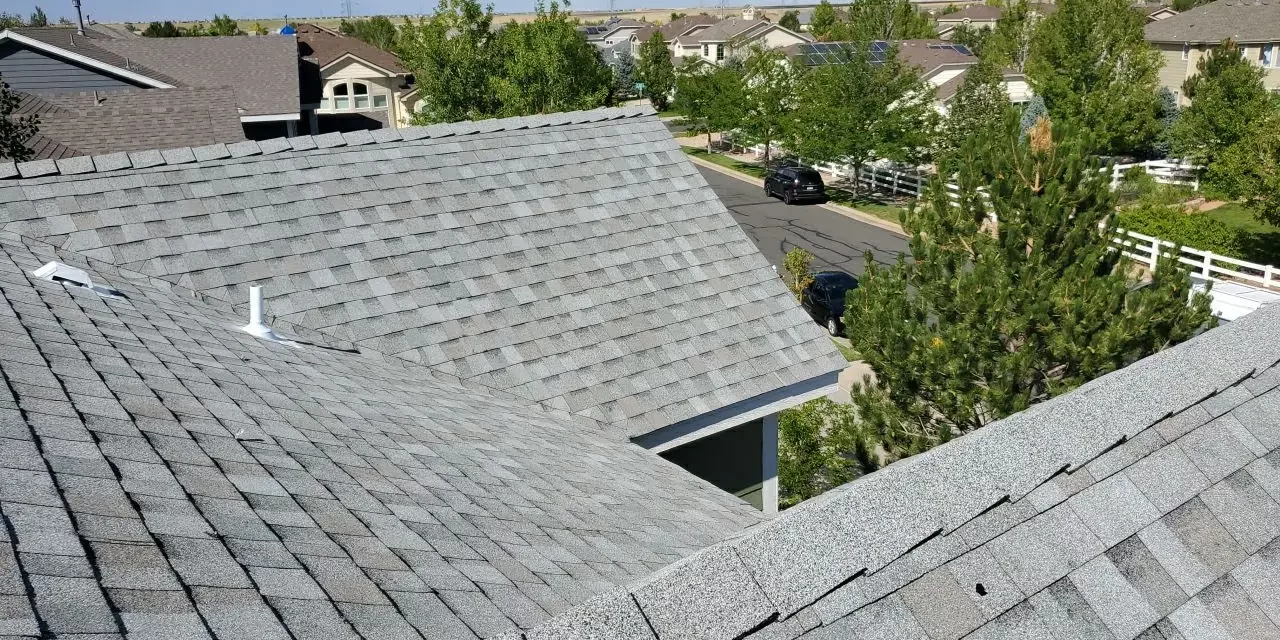How Can You Identify and Repair Wind Damage on Your Roof?
Roofs are engineered to withstand typical weather conditions, but strong winds can create stress points that may lead to significant damage. It’s crucial to recognize and address these issues promptly to maintain the integrity of your roof. GCCS Roofing, Inc. emphasizes the importance of early detection and repair to prevent further damage and additional costs.
How Wind Affects Your Roof
Strong winds do not impact the roof uniformly. The perimeter and corners of the roof are more susceptible to high wind pressure, while the center experiences less stress. This uneven distribution can lead to the peeling effect, starting from the edges and moving inward. Loose shingles or roofing materials are particularly vulnerable as the wind can lift and further loosen them, leading to a progressive deterioration.
Debris and External Factors
Wind can carry debris like tree branches and glass shards, which can be more damaging than the wind itself. After a windstorm, it’s essential to inspect your roof for such debris. Additionally, check your gutters and downspouts for clogs caused by leaves or other materials. Overhanging tree branches should be trimmed to prevent them from scratching or gouging the roof.
Inspecting for Wind Damage
Visual Inspection
Start with a visual inspection to identify any damaged or missing shingles. Signs of damage include tears, cracks, curling, or partial detachment of shingles. If the damage is localized (less than 30% of the roof), repairs might be sufficient. However, extensive damage might require a complete roof replacement.
Key Areas to Check
- Cement: Look for damage in the roofing cement used for patching holes.
- Chimney: Inspect for loose flashing, cracked joints, and missing bricks.
- Composition Shingles: Check for loss of granulation, curling edges, or breaks.
- Fascia and Soffits: These areas are prone to water damage and decay.
- Flashing: Examine for buckling, tears, or penetrations.
- Flat Roof: Look for cracks, tears, wrinkles, and blisters.
- Gutters: Check for leaks, rust, bending, and clogging.
Indoor Inspection
Inspect your home’s interior for moisture marks, peeling paint, or leaks in the attic. A sudden increase in energy costs could indicate damage to the roof’s ventilation system.
Professional Assessment
If you suspect wind damage, it’s advisable to contact a professional roofing contractor like GCCS Roofing, Inc. for a thorough inspection and repair. DIY inspections can be risky and might cause further damage to the roof.
Conclusion
Regular maintenance and prompt repair of wind damage are crucial for the longevity of your roof. GCCS Roofing, Inc., a leading Littleton roofing contractor, is committed to providing top-notch services to ensure your roof remains in excellent condition, safeguarding your home against the elements. Remember, the key to a durable roof is not just in the materials but in the care and attention it receives throughout its lifespan.







